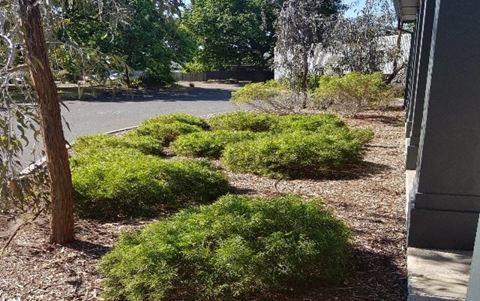Schoolyard biodiversity detectives
Collect data on the biodiversity in garden beds around your school to measure the biodiversity (that is the different types of plants and animals). Explore ways to represent and present data. This lesson was devised by Linda McIver, Australian Data Science Education Institute.
Additional details
| Year band(s) | Foundation, 1-2, 3-4 |
|---|---|
| Content type | Lesson ideas |
| Format | Web page |
| Core and overarching concepts | Data acquisition, Data representation |
| Australian Curriculum Digital Technologies code(s) |
AC9TDIFK02
Represent data as objects, pictures and symbols
AC9TDI2K02
Represent data as pictures, symbols, numbers and words
AC9TDI4P01
Define problems with given design criteria and by co-creating user stories |
| Keywords | Biodiversity, Science, Mathematics, Data, Tables, Graphs, Data representation, inclusive education, disability, disabilities |
| Integrated, cross-curriculum, special needs | Science, Mathematics, Digital Literacy, STEM |
| Organisation | ESA |
| Copyright | Creative Commons Attribution 4.0, unless otherwise indicated. |
Related resources
-
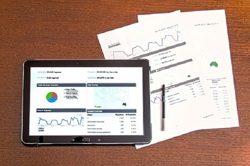
Data representation
Ideas for teaching about patterns in data, representing data as pictures, symbols and diagrams as well as ideas for teaching about collecting, sorting and using digital systems to present data.
-
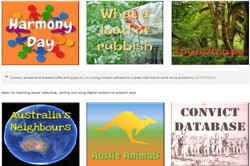
Data in 3-4
Ideas for teaching about patterns in data, representing data as pictures, symbols and diagrams as well as ideas for teaching about collecting, sorting and using digital systems to present data.
-
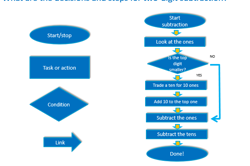
Have fun with flowcharts
Create a flowchart to represent a sequence of (branching) steps and decisions needed to solve a mathematical problem.
-
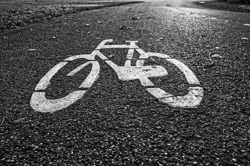
Can an AI recognise what you are drawing
This lesson provides an opportunity to incorporate representation of data using a relevant context being studied in the classroom.
-

How can AI recognise what it sees?
This lesson is an introduction to the way in which a computer sees.
-
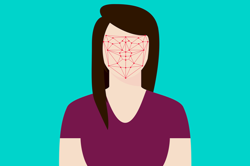
Can AI guess your emotion?
Discuss emotions as a class, and introduce the idea of artificial intelligence (AI).
-
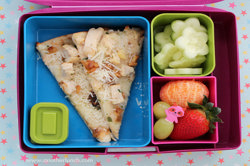
Data collection and representation: What’s in your lunchbox? (Years F-2)
The type of fruits and vegetables in school lunchboxes or those eaten at crunch and sip or fruit break time can provide a good source of data for a classroom investigation.
